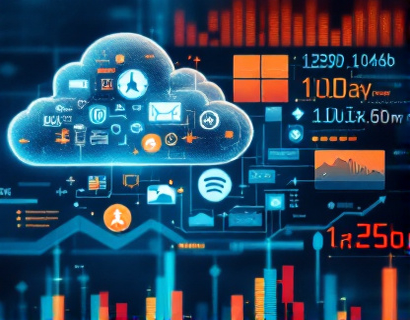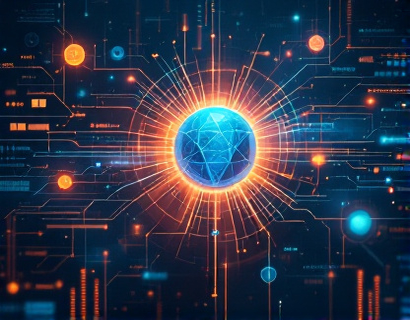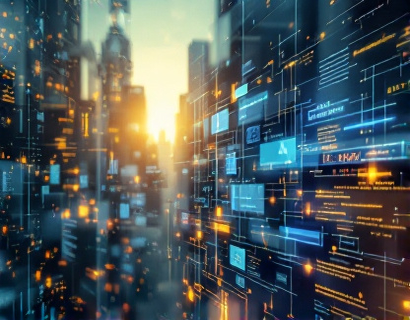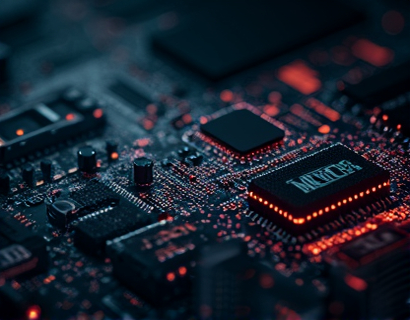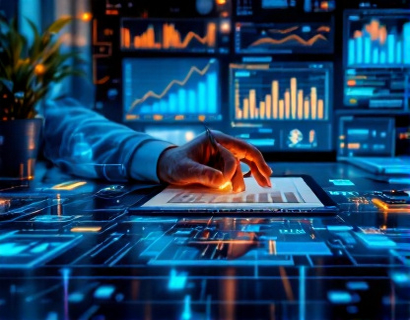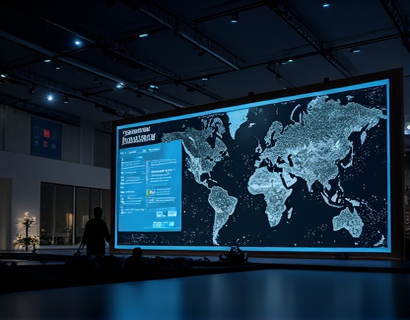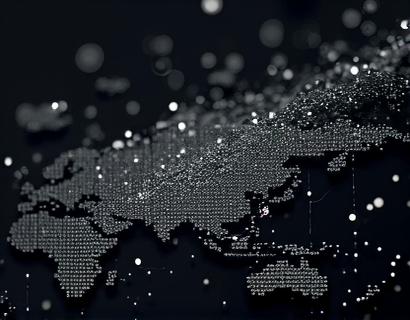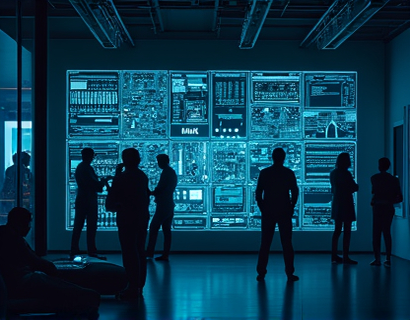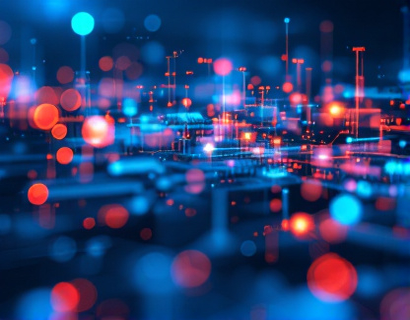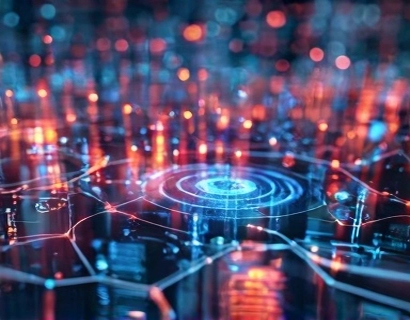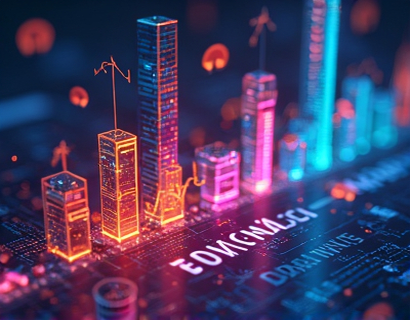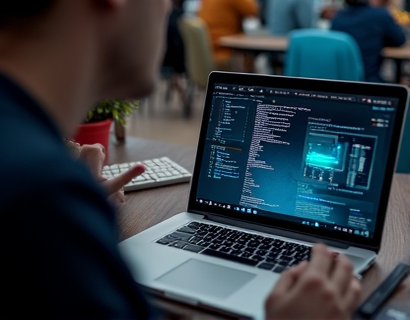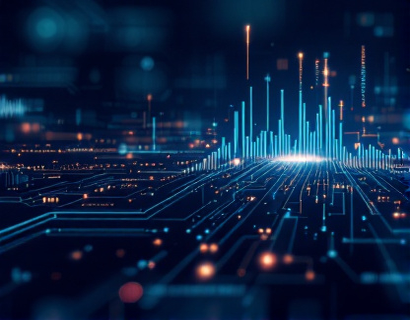Decentralized Productivity: Maximizing Efficiency with AI and Crypto Integration
The integration of artificial intelligence (AI) with cryptocurrency technologies is ushering in a new era of productivity and efficiency. This transformation is particularly evident in the realm of decentralized applications (dApps), which leverage blockchain technology to create transparent, secure, and user-centric platforms. For tech enthusiasts, professionals, and early adopters, understanding the synergy between AI and crypto is crucial for harnessing the full potential of next-generation digital solutions.
The convergence of AI and cryptocurrency is not merely a technological curiosity but a practical approach to enhancing user experience and operational efficiency. Decentralized app ecosystems, powered by AI, are redefining how tasks are managed, executed, and optimized. These ecosystems offer a robust framework for automating complex processes, ensuring data integrity, and providing seamless interactions between users and applications.
Understanding Decentralized Productivity
Decentralized productivity refers to the use of decentralized technologies to improve and streamline workflows, collaboration, and task management. Unlike traditional centralized systems, decentralized platforms distribute control and data across a network of nodes, eliminating single points of failure and enhancing security. AI plays a pivotal role in this context by providing intelligent automation, predictive analytics, and personalized user experiences.
The foundation of decentralized productivity lies in blockchain technology, which ensures transparency, immutability, and trust. Blockchain's inherent properties make it an ideal platform for building trustless systems where participants can interact without intermediaries. AI, with its ability to process vast amounts of data and learn from patterns, complements blockchain by optimizing operations and enhancing decision-making processes.
AI in Decentralized Applications
AI integrates seamlessly into decentralized applications to create smarter, more efficient, and user-friendly tools. One of the primary ways AI enhances dApps is through automated task execution. For instance, smart contracts, which are self-executing contracts with the terms directly written into code, can be augmented with AI to perform complex logic and decision-making tasks. This combination allows for the creation of dynamic and adaptive contracts that can respond to changing conditions in real-time.
Another significant application of AI in decentralized environments is predictive maintenance and optimization. By analyzing data from various sources, AI algorithms can predict potential issues and suggest proactive measures to prevent downtime or inefficiencies. In decentralized networks, where multiple parties are involved, this predictive capability ensures that resources are used optimally and that the system remains robust and reliable.
Enhancing User Experience with AI and Crypto
The user experience in decentralized applications is significantly improved through the integration of AI and cryptocurrency. AI-driven interfaces can adapt to individual user preferences and behaviors, providing a personalized and intuitive experience. For example, AI can analyze user interactions and suggest custom workflows or recommend relevant tools and services within the dApp ecosystem.
Cryptocurrency adds another layer of convenience by enabling seamless transactions and micropayments within these ecosystems. Users can securely and efficiently exchange value without the need for intermediaries, reducing transaction costs and increasing speed. This is particularly beneficial in decentralized marketplaces and collaborative platforms where small transactions are common.
Case Studies: Successful Decentralized AI Applications
Several successful projects demonstrate the power of combining AI with decentralized technologies. One notable example is Filecoin, a decentralized storage network that uses AI to optimize data storage and retrieval. By leveraging AI algorithms, Filecoin can predict storage demand, allocate resources efficiently, and ensure data integrity. This results in a more reliable and cost-effective storage solution for users.
Another example is Augur, a decentralized prediction market platform that employs AI to enhance the accuracy of predictions. Augur uses machine learning models to analyze historical data and user inputs, providing users with reliable insights and betting opportunities. The decentralized nature of the platform ensures transparency and fairness, as predictions are verified and rewarded through cryptocurrency tokens.
Challenges and Considerations
While the integration of AI and cryptocurrency in decentralized applications offers numerous benefits, it also presents several challenges. One of the primary concerns is scalability. Decentralized networks can face performance bottlenecks as the number of users and transactions increases. AI can help mitigate this by optimizing network operations and resource allocation, but it requires sophisticated algorithms and robust infrastructure.
Another challenge is regulatory compliance. The intersection of AI, cryptocurrency, and decentralization operates in a relatively uncharted legal space. Ensuring that dApps adhere to local and international regulations while maintaining their decentralized nature is a complex task. Developers and organizations must stay informed about regulatory changes and implement compliance measures proactively.
Future Trends in Decentralized Productivity
The future of decentralized productivity is promising, with several trends shaping the landscape. One key trend is the development of more advanced AI models that can operate efficiently on decentralized networks. As computational power and energy efficiency improve, AI-driven dApps will become more sophisticated and accessible.
Interoperability between different blockchain platforms is another critical area of focus. Standardizing protocols and ensuring seamless communication between diverse decentralized systems will enhance the overall user experience and expand the potential applications of AI in decentralized environments.
Furthermore, the rise of Web3 and the continued adoption of blockchain-based technologies will drive innovation in decentralized productivity tools. Web3 aims to create a more open, secure, and user-controlled web, and AI will be a cornerstone of this vision, enabling intelligent and autonomous digital experiences.
Conclusion
The integration of AI and cryptocurrency is revolutionizing productivity and user experience in decentralized applications. By leveraging the strengths of both technologies, developers are creating more efficient, secure, and user-friendly platforms. For tech enthusiasts and professionals, understanding and embracing these advancements is essential for staying ahead in the rapidly evolving digital landscape. As the ecosystem continues to grow and mature, the potential for innovation and transformation is immense, promising a future where decentralized productivity reaches new heights.



